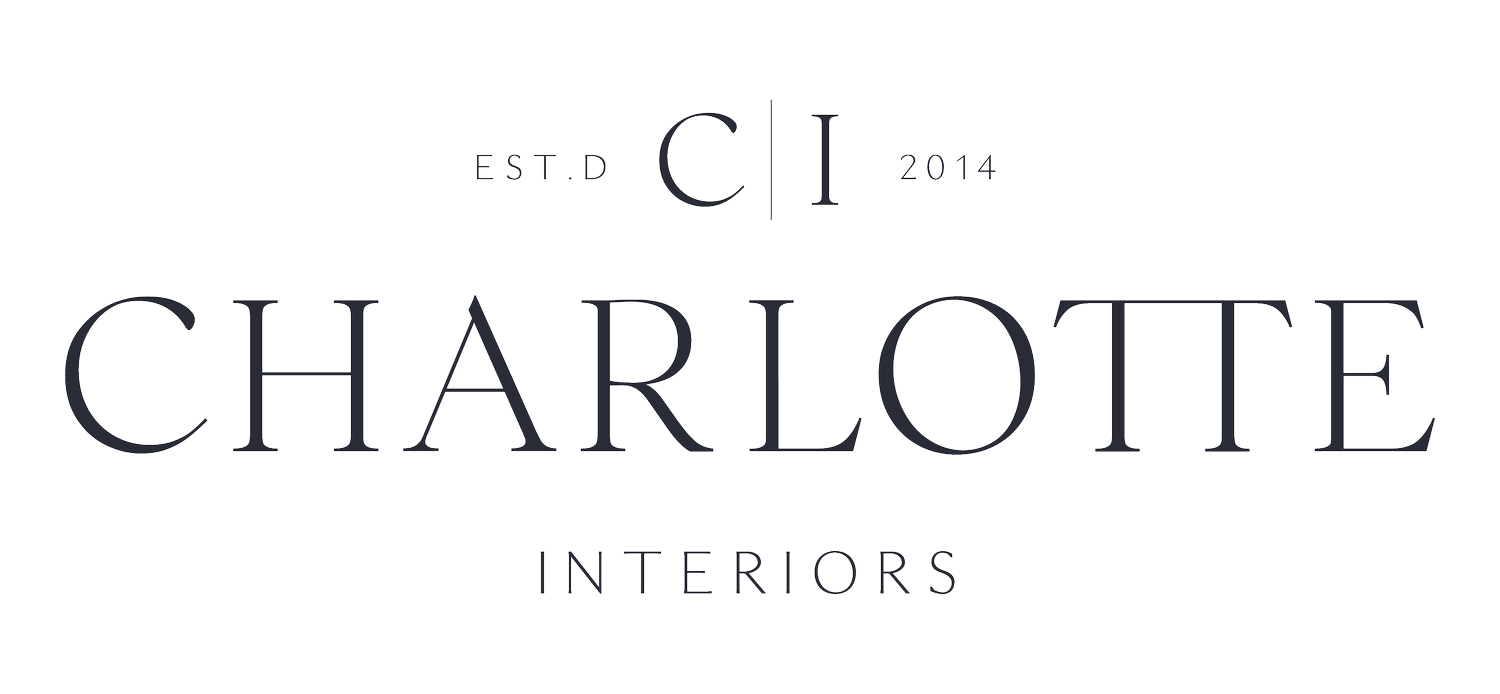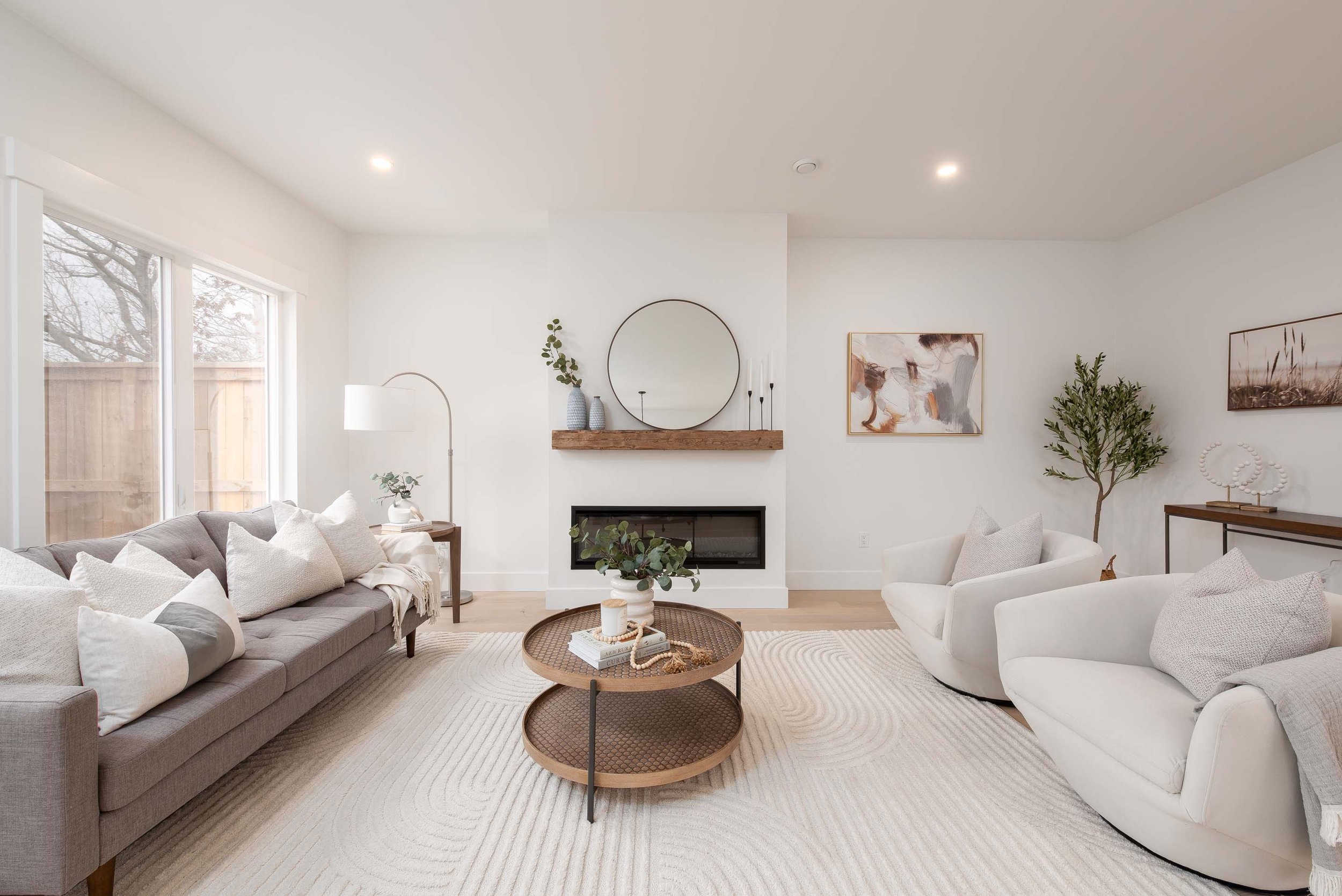What’s the difference between having a home professionally designed versus professionally staged? There are distinct differences in purpose, execution, timeline & investment. Here we break it down so you can make the best investment for your needs.
Purpose:
Professionally Designed Home: A professionally designed home focuses on creating a cohesive and personalized interior that reflects the homeowner's style, preferences, and lifestyle. The design process typically involves selecting furniture, décor, finishes, and accessories to enhance the aesthetic appeal and functionality of the space for long-term living enjoyment that is specific to the individuals living in the space.
Photo by Matt McMullen
Professionally Staged Home: On the other hand, a professionally staged home is specifically tailored to appeal to potential buyers and maximize the property's marketability. The primary goal of home staging is to highlight the home's best features, create a neutral and inviting environment, and help buyers envision themselves living in the space. Staging aims to depersonalize the home and create broad appeal to a wide range of buyers.
Photo by Matt McMullen
Execution:
Professionally Designed Home: In a professionally designed home, the focus is on creating a cohesive and harmonious interior design scheme that reflects the homeowner's tastes and preferences. Designers work closely with clients to understand their vision and lifestyle in order to create the best space for those clients. Designers work on creating floor plans, elevations, selecting finishes & fixtures, selecting elements such as custom furniture, bespoke finishes, and personalized décor to create a unique personalized space.
Professionally Staged Home: In contrast, a professionally staged home is designed with the target buyer in mind, aiming to appeal to the widest possible audience of potential buyers. Stagers strategically place furniture, artwork, and accessories to highlight the home's features, maximize space, and create an emotional connection with buyers. Staging often involves neutralizing bold or overly personalized design choices to create a blank canvas that allows buyers to envision themselves living in the space.
Timeline and Investment:
Professionally Designed Home: Designing a home typically involves a longer timeline and a higher investment, as it requires careful planning, customization, and attention to detail to create a personalized living environment. Homeowners may work with interior designers over several months or even years to complete the design process, which may include renovations, custom furnishings, and bespoke finishes.
Photo by Matt McMullen
Professionally Staged Home: Staging a home is generally a shorter and more cost-effective process compared to designing a home from scratch. Professional stagers can typically transform a property in a matter of days or weeks. While staging incurs upfront costs, they are far less costly than interior design services and the return on investment comes in the form of a faster sale and potentially higher offers from buyers impressed by the presentation of the home.
Photo by Matt McMullen
While both professionally designed homes and professionally staged homes aim to enhance a property's appeal, they serve different purposes and are executed with distinct objectives in mind. A professionally designed home reflects the homeowner's personal style and preferences, while a professionally staged home is designed to appeal to potential buyers and maximize the property's marketability. Each approach has its advantages and considerations, depending on the homeowner's goals and the current real estate market conditions.







